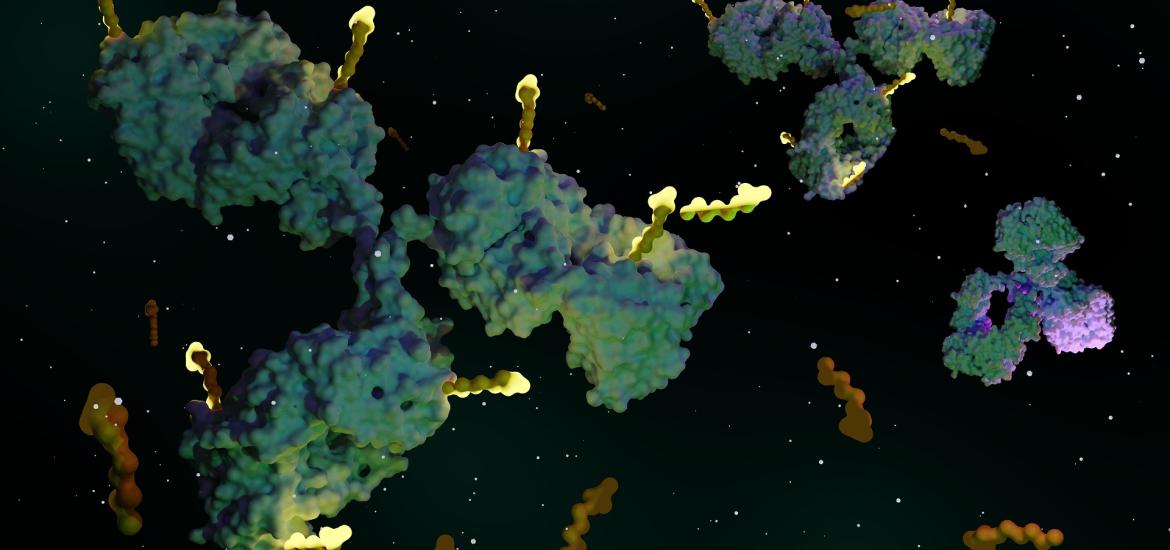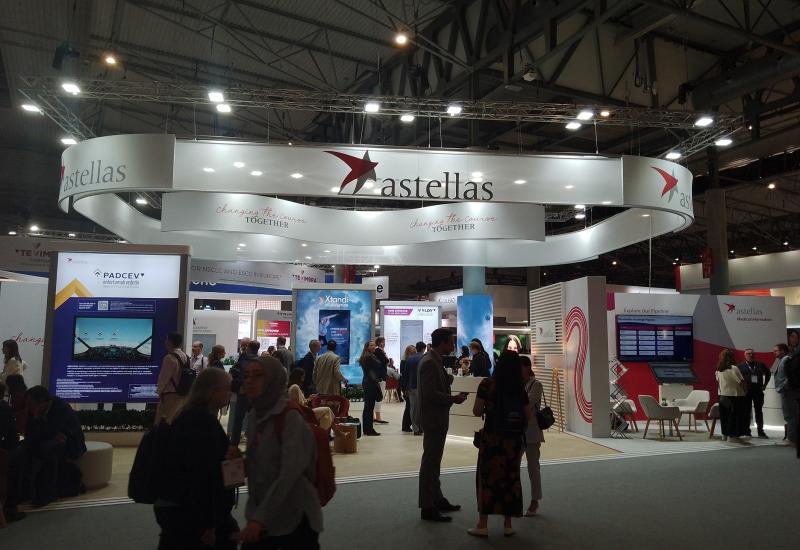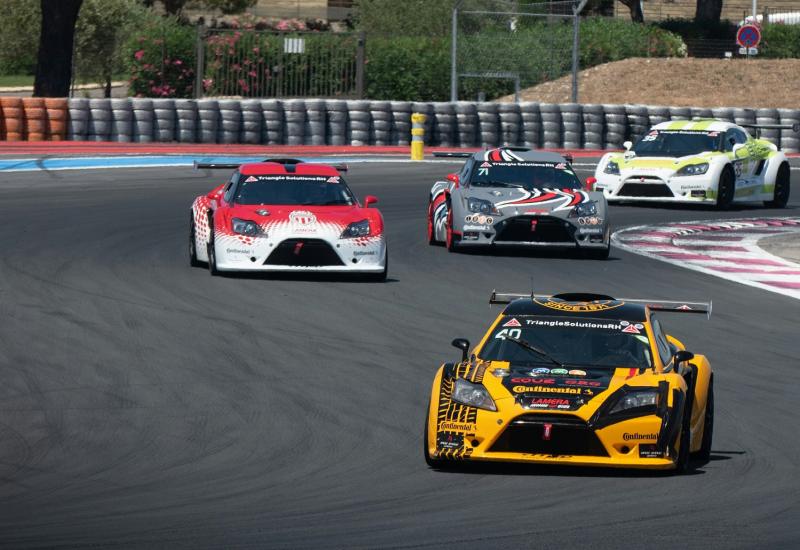
Early tests approach for Vincerx’s conjugate revolution
The company reckons its tech could solve problems with current ADCs, but the market isn’t giving it much credit yet.
The company reckons its tech could solve problems with current ADCs, but the market isn’t giving it much credit yet.

The management team behind the small-cap biotech Vincerx Pharma has already had a hand in two cancer blockbusters, Imbruvica and Calquence, and now the company hopes to revolutionise antibody and small-molecule drug conjugates. Early data due soon on two projects should indicate whether it’s on the right track.
However, investors seem wary about Vincerx, which went public via a Spac in 2020 and whose current market cap is around $140m. Perhaps this is not too surprising, with the company’s lead projects hitting unproven targets, one of which, CD123, has been linked with toxicity. In addition the group’s pipeline is made up of castoffs from Bayer that Vincerx licensed for an undisclosed amount in 2020.
Vincerx’s chief operations officer, Raquel Izumi, tells ApexOnco that the lack of interest from Bayer shouldn’t be seen as a red flag. “These deals get done all the time. I don’t think [it] has any reflection on the potential of the drugs.” As for the presumably small fee, she replies: “Everything’s relative. We got them very, very early – they weren’t even IND-ready yet. All of the work to prepare these drugs for IND was done by us.”
VIP treatment
The first data will come in April “around AACR” with VIP236, a small-molecule drug conjugate that targets αvβ3, an integrin that plays a role in angiogenesis and is expressed in tumour cells. Previous attempts to develop αvβ3 inhibitors have failed, but this shouldn’t be relevant here, says Vincerx’s chief executive, Ahmed Hamdy. “We’re not using it as an anti-angiogenic, we’re using it as targeting moiety.”
According to OncologyPipeline, no other company has a clinical-stage αvβ3-targeting small-molecule drug conjugate in development, and there are also no ADCs against this target.
A small molecule could lead to better tumour penetration versus an antibody, he adds. There are other interesting features of VIP236: the linker is cleaved extracellularly by neutrophil elastase in the tumour microenvironment, possibly improving specificity, while the “optimised” camptothecin payload is designed to be pumped out of cancer cells less readily than other topoisomerase 1 inhibitors, Izumi explains.
Now Vincerx has to prove that all this translates into efficacy in clinical trials. The ongoing phase 1 in various solid tumours isn’t selecting for αvβ3 expression, partly owing to difficulties biopsying some tumour types, such as lung cancer, and also the fact that αvβ3 is “very common” in advanced metastatic tumours, Izumi says.
Vincerx’s conjugated projects
| Project | Description | Target | Payload | Linker | Cell trapper tech? | Note |
|---|---|---|---|---|---|---|
| VIP236 | Small-molecule drug conjugate | αvβ3 | Optimised camptothecin (topoisomerase 1 inhibitor) | Neutrophil elastase-cleavable linker | No | First ph1 data due around AACR |
| VIP943 | ADC | CD123 | Kinesin spindle protein inhibitor | Legumain-cleavable linker | Yes | First ph1 data due around EHA |
| VIP924 | ADC | CXCR5 | Kinesin spindle protein inhibitor | Legumain-cleavable linker | Yes | IND-enabling studies ongoing, expected in clinic in 2025 |
Note: all assets derived from 2020 deal with Bayer. Source: OncologyPipeline & company communications.
As of January, the company had treated 15 patients with VIP236, and it hopes to have data from all of these subjects in April. Showing safety and finding a maximally tolerated dose will be the main aims, but investors would no doubt like to see early signs of efficacy too.
Better ADCs?
Next up will be VIP943, a CD123-targeting ADC, which is due to yield phase 1 data in haematologic cancers “around EHA” in June.
Other CD123-targeting projects have been linked with toxicity, with deaths seen with Xencor’s vibecotamab (XmAb14045) and Cellectis’s UCART123, for example. When asked about this, Izumi replies: “We’ve seen quite a bit of toxicity with bispecifics and Car-Ts [targeting] CD123. I’m not convinced it’s the target so much as the technology.”
A look at the pipeline shows two other CD123-targeting ADCs: AbbVie's pivekimab sunirine, which came via its ImmunoGen acquisition; and AstraZeneca's AZD9829, which recently went into the clinic.
Vincerx believes its project is differentiated. Izumi highlights VIP943’s novel linker, which is cleaved intracellularly by legumain, a lysosomal protease overexpressed in tumours that targets a specific sequence. This makes the linker “really stable”, she says, and “reduces the non-specific release that other ADCs have run into”.
Another thing that helps target VIP943 to cancer cells is its novel payload, a kinesin spindle protein (KSP) inhibitor. Because KSP is only expressed when cells are actively dividing this helps spare healthy, non-dividing cells. VIP943 also uses so-called “cell trapping” technology, designed to keep the payload within cancer cells.
All of these features are “designed to solve problems with current ADCs”, Hamdy concludes.
This will be put to the test in the current phase 1 trial, testing VIP943 in patients with CD123-positive AML, MDS and B-ALL who have exhausted all other options. Safety will be the key metric, but any evidence of response will be seen as encouraging, Izumi says.
When asked about the risks of using both a novel payload and linker, she replies: “There’s always a risk – this is science. But there’s no shortage of toxicities with [existing ADCs]. That’s why we’re trying something different.”
1368













